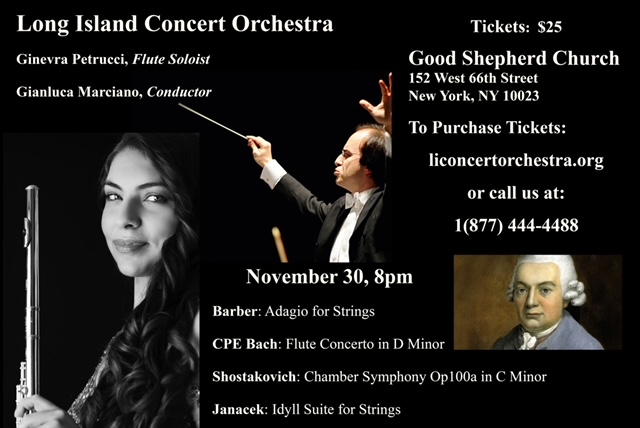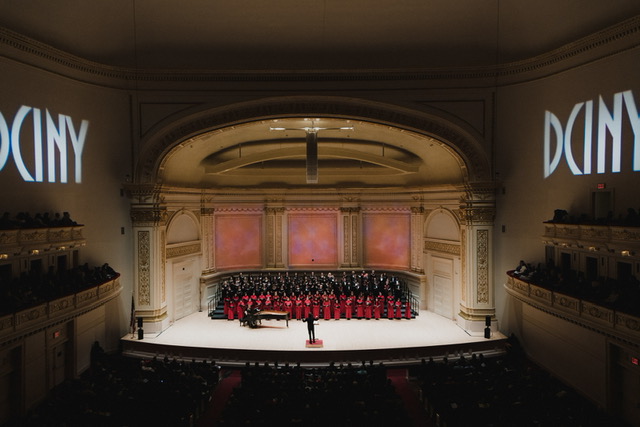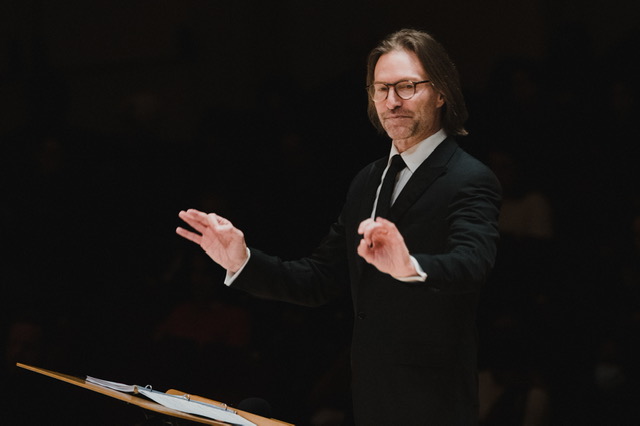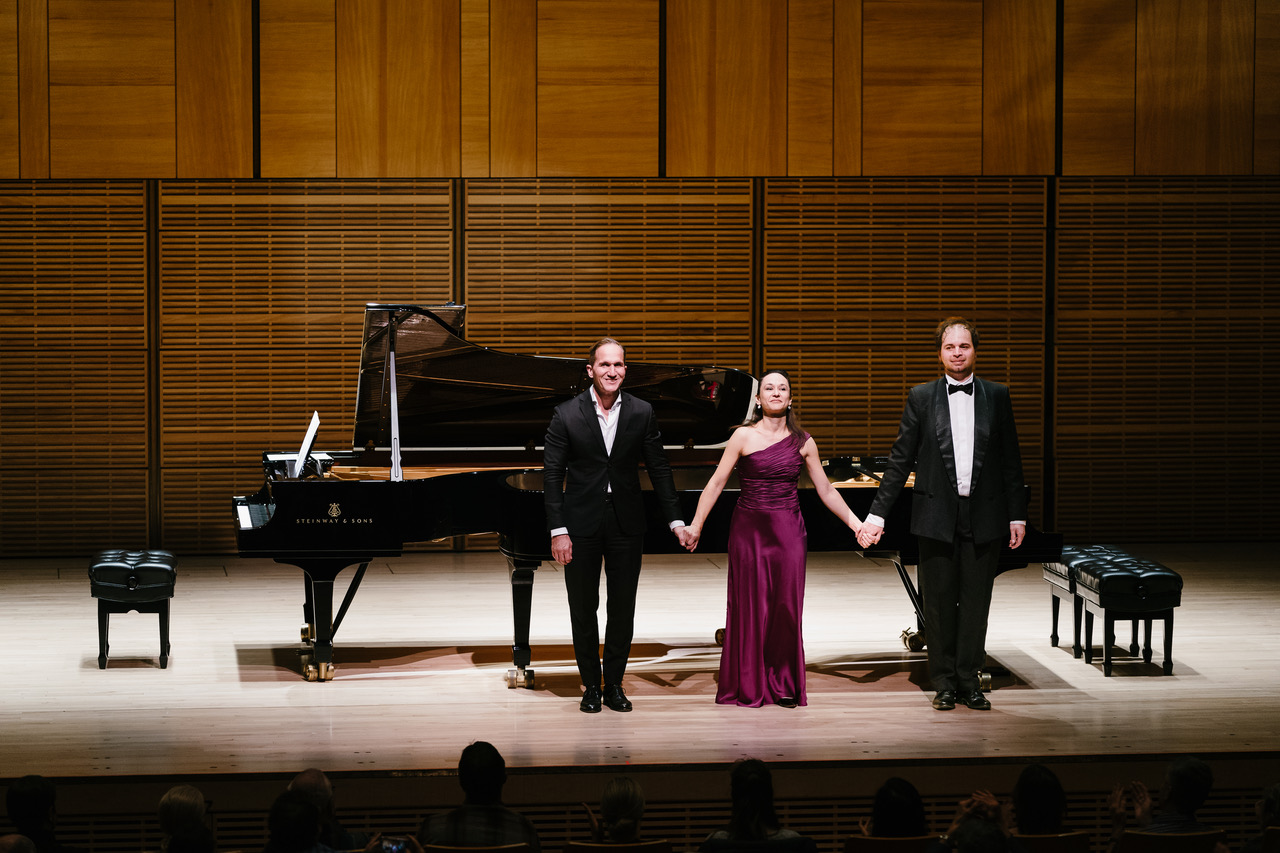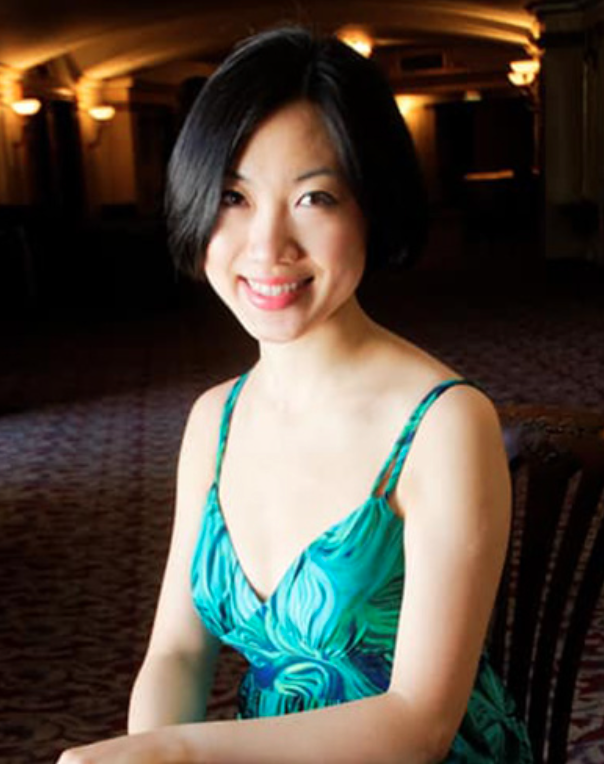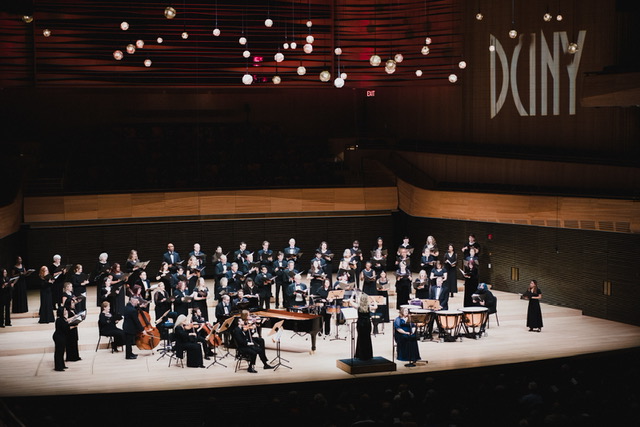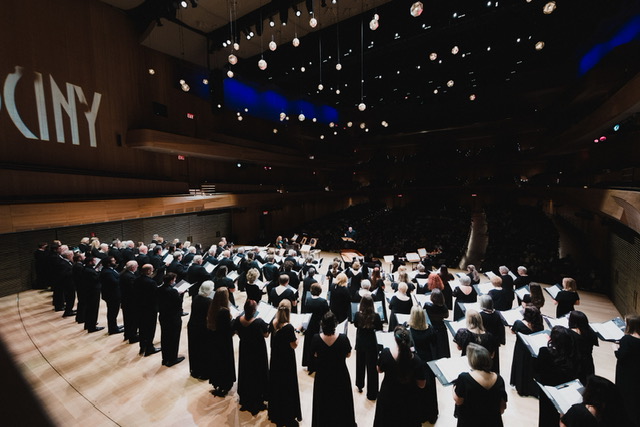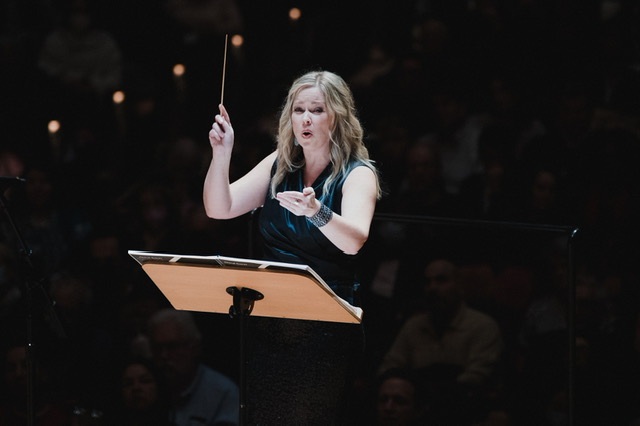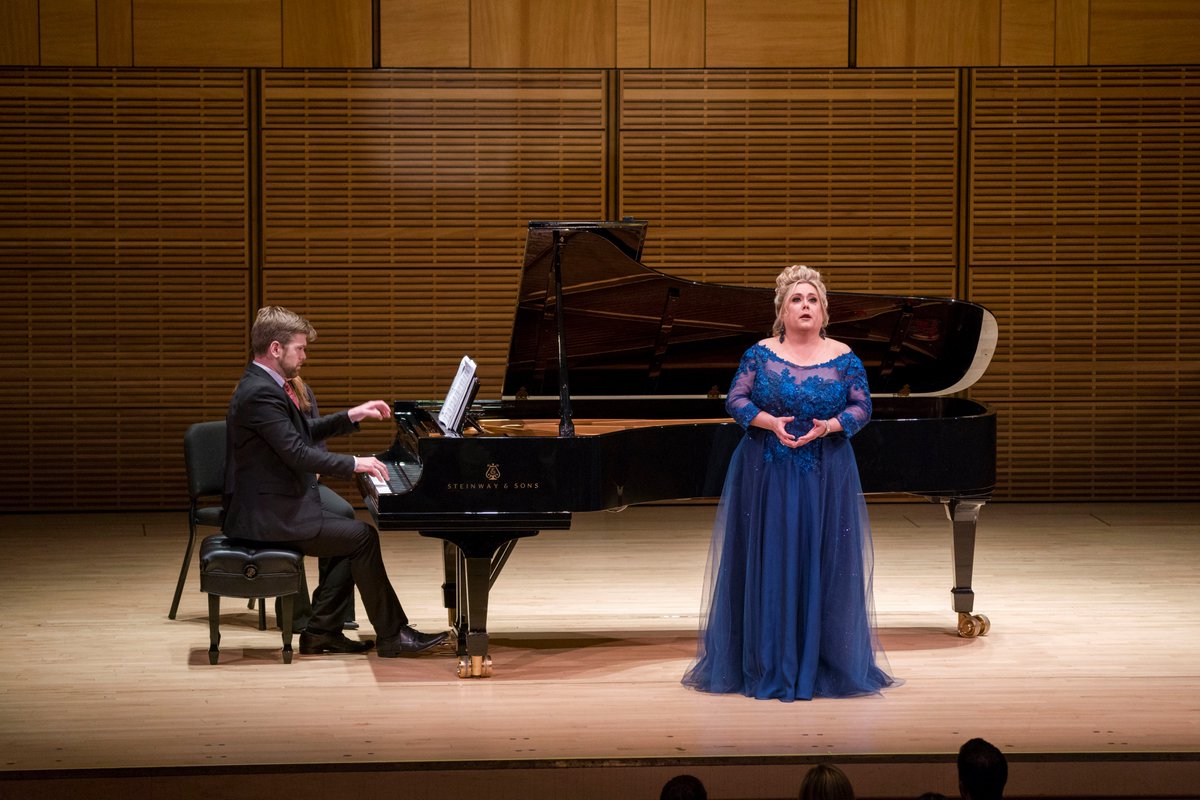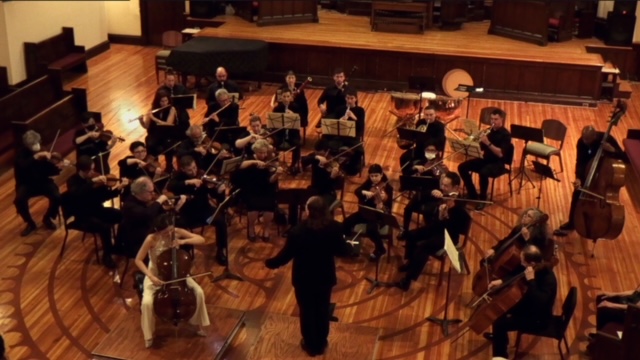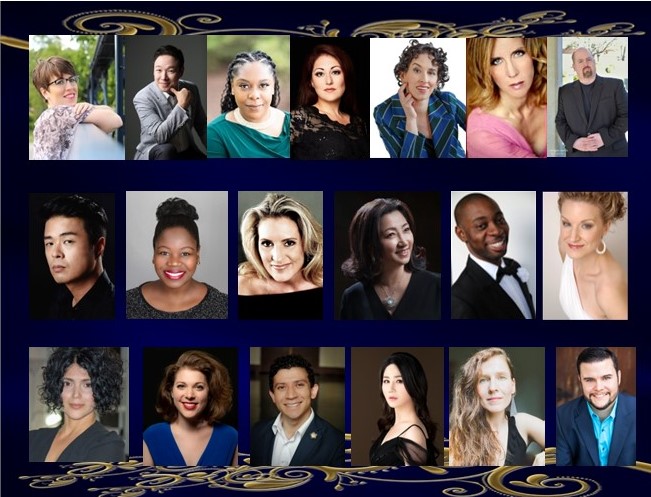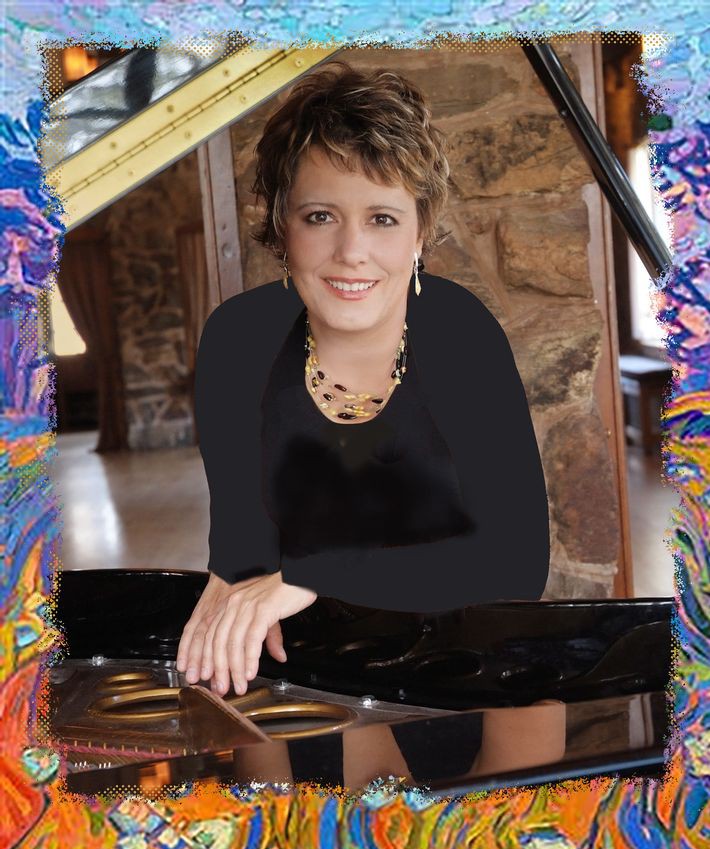Long Island Concert Orchestra
Gianluca Marciano, Conductor
Ginevra Petrucci, Flute
Good Shepherd-Faith Presbyterian Church, New York, NY
November 30, 2022
Let us not be mistaken about two things: 1) All musical activity in the world does not take place on a small strip of land called Manhattan. 2) The amount of talent, dedication, fund raising, and hard work it takes to keep an endeavor such as the Long Island Concert Orchestra afloat is enormous. A relatively new ensemble (founded 2016), it has the advantage of being small, but has already begun carving out its own unique place in the area’s cultural scene. I could not see all the players from where I was sitting, but the instrumentation looked like six first violins, six-second violins, four violas, three cellos, and a double bass—or “three string quartets” with an extra cello and the bass.
Under the efficient but sensitive guidance of conductor Gianluca Marciano, they gave us a program of beautiful string works and a concerto. The historical time range for all four works was 1780-1960, yet a wide range of styles and colors was included. A subtitle for this concert might have been- works adapted from other works by the same composer (three out of four).
Samuel Barber was one of the composers who was not resentful of the phenomenal success of his Adagio for Strings (expanded with the addition of a fifth part for double bass), drawn from the String Quartet, Op. 11 (1936). It seems Barber knew its destiny, for he began the adaptation right away, while he toiled mightily revising and re-revising the Quartet for two years. As Barber declared, with gastrointestinal metaphor, to his cellist friend Orlando Cole: “I have vague quartettish rumblings in my innards…” (The letter continues in this vein, getting more explicit until Barber realizes and cuts it off.) Despite his self-conscious work ethic, he did not lack confidence: “I have just finished the slow movement of my quartet today—it is a knockout!” How right he was! The Adagio took on a life of its own—the orchestral version premiered on the radio in 1938, conducted by none other than Toscanini, and received a rave review from Olin Downes. It was recorded by Toscanini in 1942; the first work by an American composer that he conducted, broadcast, recorded, and took on tour to Latin America. Many filmgoers have heard the Adagio without being aware of who the composer is, and it has come to be “the choice” for occasions of great national mourning, such as FDR’s, Einstein’s, and JFK’s funerals. During WWII, scores of Barber’s music were even flown to Shostakovich (who also appears on this program) in Russia.
The Adagio worked its ineffable magic, speaking in a very personal way, directly to the heart, though it is a difficult (risky) way to open a program. My only wish was for there to have been a greater sense of “pull” between the notes, a reluctance to leave the previous note before going to the next—this isn’t a matter of tempo, but tension. That being said, large orchestras can go slower than small ones—this performance didn’t seem as far removed from its quartet original.
Next came a spirited rendition of C.P.E. Bach’s Flute Concerto in D minor. The work, a reconfiguration of a previous harpsichord concerto, seems to inhabit two worlds, as did the composer, the very Baroque texture and sound of the Allegro first movement, a sensitive Andante, and finally the Sturm und Drang (storm and stress, a term from literature) of the final Allegro molto. One might imagine Frederick the Great, C.P.E.’s employer and a virtuoso flutist in his own right, having heard the harpsichord concerto, saying “Here, here, Carl Philippchen, make something for me out of this, won’t you?” Ah yes, if only we had such “cultured tyrants” in our modern world, hobnobbing with the likes of Voltaire and the Bachs.
Ginevra Petrucci was the flute soloist. She played with great musicality, and lots of fire in the third movement. Maestro Marciano drew vivid, stylish contrasts from the group. I noticed a few things, none of which derailed her fine achievement: 1) The flute used in 1780 would have been transverse (held crosswise), but not a Boehm-system modern flute like the one she played, which was not developed until 1847. 2) I did miss the rustle of the harpsichord continuo underneath the string sound. 3) The orchestra and the soloist played certain appoggiaturas in the first movement’s main theme differently—perhaps this was a deliberate choice, but possibly it could have been worked out.
Here I would like to advise the group on two (not-so) small points: With such a reduced number of personnel, it would be very pleasing to have everyone’s names listed. And, as my regular readers know, I am obsessed with program notes. Even if it takes another sheet of paper folded in half inserted into your program, it is not “cool” not to have them. If you or one someone you know can’t confidently do them, hire someone. Please.
After a brief pause (the post-pandemic concert world loves these intermission-less concerts, as do I) the upper strings played the rest of the concert standing up, as do some string quartets these days. It is a shame for the cellists though, for they can’t do that. (Of course, the bass is normally played standing up.)
The work: an arrangement of Shostakovich’s searing Eighth String Quartet, Op. 110, made by his friend and colleague Rudolf Barshai, violist of the Borodin String Quartet that premiered so many of Shostakovich’s works. This expansion has come to be known as the Chamber Symphony, Op. 110a (as with the Barber, adding the double bass to the four-part writing). The music is one of his most explicit uses of ciphers, the first letter of his first name and the first three of his last spelled musically: D-S (Es, E Flat)-C-H (B), to form the obsessively recurring theme. The composer referred to it as the “secret sign, the impenetrable wall.” Also present: the melody that Jews were made to sing as they were forced to dig their own graves before being shot and bulldozed into them during WWII (previously used in his own Piano Trio No. 2), and the famous “three knocks” on the door at 3 AM by the KGB.
All this was really well done by the group. Perhaps the church acoustics softened a bit of the “bite” in the more pointed material, but the “three knocks” emerged with disquieting clarity. The entire mood was captured convincingly, and when it was over, the hallmark of a truly great performance, people were hesitant to break the spell with applause.
The final work was a gem that I had never heard live before, only on recordings: Janáček’s Idyll: Suite for String Orchestra. Here, the Slavonic mode emerged, with many gestures reminiscent of Dvořák’s works, without undue copying. Moods alternate in the six brief sections from elegiac (“dumky”) to folkloric. The concert truly built to this moment, and the ensemble work was beautiful. Interplay among violin, viola, and cello was gently but specifically brought out. The bassist held his own, though one could have wished for more of the lower sonorities—the original calls for five basses (and eight first and second violins, and five cellos). Bravi!
So please folks, explore the culture in your own communities, and, in this season of giving, here is a worthy cause.

